Introduction:
Tsuen Wan (formerly also spelled Tsun Wan) is a new town built on a bay in the New Territories area of Hong Kong, opposite to Tsing Yi Island across Rambler Channel. The market town of Tsuen Wan emerged for the surrounding villages and fleets of fishing boats in the area. The now crowded city is around the present-day Tsuen Wan Station of the MTR. It was extended as far as the reclamation proceeded. According to the report of Hong Kong archaeological society, there were people settled in Tsuen Wan as early as two thousand years ago. In earlier days, it was known as Tsin Wan (淺灣) which means shallow bay, and later renamed to Tsuen Wan. Another name Tsak Wan (賊灣, Hakka dialect pronunciation: tshet wan), pirate bay, indicates the presence of pirates nearby long ago. In fact, the area around Rambler Channel was known as Sam Pak Tsin (三百錢), literally meaning three hundred coins. There was a legend that pirates would collect three hundred coins should one pass through the area. In 1911, there were approximately 3000 villagers living in Tsuen Wan. In the 20th century, factories moved in gradually due to its proximity to Kowloon. With the construction of Castle Peak Road in 1917, motor vehicles could reach the town in addition to access on foot and by boat. Regular bus services did not begin until 1933. Early industries relied on the ample local water supply to make incense sticks, preserved fruit and farming, while post-war industries included metalwares and textiles.[1] In the 1950s, the Hong Kong Government developed the area with new town concept. In the 1960s it was developed as part of Tsuen Wan New Town, including housing estates like the Fuk Loi Estate, built in 1967.[2] By 1971, the area housed 400,000 residents. It was one of the last areas in Hong Kong to be developed without the "Colony Outline Plan".[3] A museum of a local settlement village is located in Tsuen Wan Town: Sam Tung Uk Museum. The museum consists of a 200-year-old walled village featuring exhibits designed to replicate traditional village life. It was donated in 1981 and after restoration during the construction of the MTR, it was opened for the public in 1987. Discovery Park, one of Hong Kong's largest shopping centres, is located in the heart of Tsuen Wan Town. There is a goldsmith street there where jewels can be purchased. Other features include Tsuen Wan Plaza, Tsuen Wan City Landmark, Citywalk and L'Hotel, The Sam Tung Uk Museum, Tin Hau Temple and The Panda Hotel, one of the biggest hotels in Hong Kong. The Nina Towers, which include an 80-storey tower, rise over Tsuen Wan. Hong Kong's cable TV service company i-CABLE also has their headquarters located in Tsuen Wan at Wharf Cable Tower. Situated in the valley, floodplain and reclaimed land, Tsuen Wan is surrounded on two sides by hills and woodlands that make up the Shing Mun Country Park and the Tai Mo Shan Country Park. Located within these parks are the Tai Mo Shan peak, the highest point in Hong Kong at 957 metres (3140 feet), and the Upper Shing Mun Reservoir. Route Twisk winds over and through the country parks linking Tsuen Wan with Pat Heung, via Shek Kong. Originally built by the Royal Engineers as a military road, it was opened to the public on 25 May 1961. A urban renewal project led to the shopping malls Citywalk and Citywalk 2, as well as the residential areas above it. The former Tsuen Wan Sports Ground, on Yeung Uk Road, was demolished and replaced by the Shing Mun Valley Sports Ground. The site, now known as Tsuen Wan Town Lot 393, remains abandoned, but was sold by the government for nearly HK$4 billion in 2014 to Vincord Limited.[4]
No.2 subway
Tsuen Wan (formerly also spelled Tsun Wan) is a new town built on a bay in the New Territories area of Hong Kong, opposite to Tsing Yi Island across Rambler Channel. The market town of Tsuen Wan emerged for the surrounding villages and fleets of fishing boats in the area. The now crowded city is around the present-day Tsuen Wan Station of the MTR. It was extended as far as the reclamation proceeded. According to the report of Hong Kong archaeological society, there were people settled in Tsuen Wan as early as two thousand years ago. In earlier days, it was known as Tsin Wan (淺灣) which means shallow bay, and later renamed to Tsuen Wan. Another name Tsak Wan (賊灣, Hakka dialect pronunciation: tshet wan), pirate bay, indicates the presence of pirates nearby long ago. In fact, the area around Rambler Channel was known as Sam Pak Tsin (三百錢), literally meaning three hundred coins. There was a legend that pirates would collect three hundred coins should one pass through the area. In 1911, there were approximately 3000 villagers living in Tsuen Wan. In the 20th century, factories moved in gradually due to its proximity to Kowloon. With the construction of Castle Peak Road in 1917, motor vehicles could reach the town in addition to access on foot and by boat. Regular bus services did not begin until 1933. Early industries relied on the ample local water supply to make incense sticks, preserved fruit and farming, while post-war industries included metalwares and textiles.[1] In the 1950s, the Hong Kong Government developed the area with new town concept. In the 1960s it was developed as part of Tsuen Wan New Town, including housing estates like the Fuk Loi Estate, built in 1967.[2] By 1971, the area housed 400,000 residents. It was one of the last areas in Hong Kong to be developed without the "Colony Outline Plan".[3] A museum of a local settlement village is located in Tsuen Wan Town: Sam Tung Uk Museum. The museum consists of a 200-year-old walled village featuring exhibits designed to replicate traditional village life. It was donated in 1981 and after restoration during the construction of the MTR, it was opened for the public in 1987. Discovery Park, one of Hong Kong's largest shopping centres, is located in the heart of Tsuen Wan Town. There is a goldsmith street there where jewels can be purchased. Other features include Tsuen Wan Plaza, Tsuen Wan City Landmark, Citywalk and L'Hotel, The Sam Tung Uk Museum, Tin Hau Temple and The Panda Hotel, one of the biggest hotels in Hong Kong. The Nina Towers, which include an 80-storey tower, rise over Tsuen Wan. Hong Kong's cable TV service company i-CABLE also has their headquarters located in Tsuen Wan at Wharf Cable Tower. Situated in the valley, floodplain and reclaimed land, Tsuen Wan is surrounded on two sides by hills and woodlands that make up the Shing Mun Country Park and the Tai Mo Shan Country Park. Located within these parks are the Tai Mo Shan peak, the highest point in Hong Kong at 957 metres (3140 feet), and the Upper Shing Mun Reservoir. Route Twisk winds over and through the country parks linking Tsuen Wan with Pat Heung, via Shek Kong. Originally built by the Royal Engineers as a military road, it was opened to the public on 25 May 1961. A urban renewal project led to the shopping malls Citywalk and Citywalk 2, as well as the residential areas above it. The former Tsuen Wan Sports Ground, on Yeung Uk Road, was demolished and replaced by the Shing Mun Valley Sports Ground. The site, now known as Tsuen Wan Town Lot 393, remains abandoned, but was sold by the government for nearly HK$4 billion in 2014 to Vincord Limited.[4]
No.2 subway
Top Things to Do in Tsuen Wan

Where is Tsuen Wan


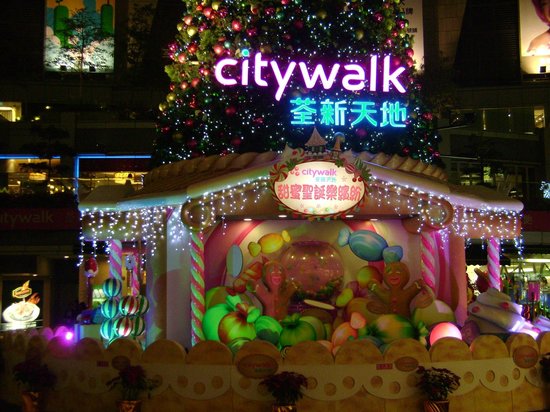
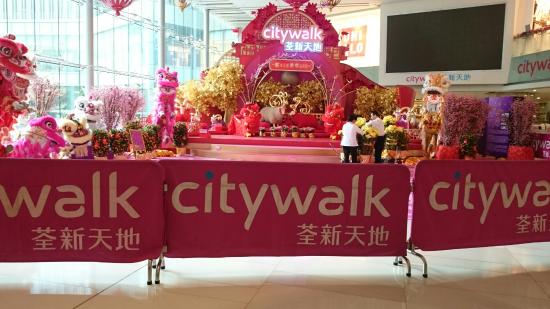
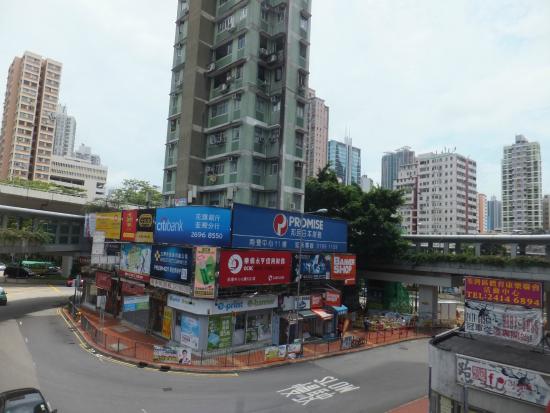
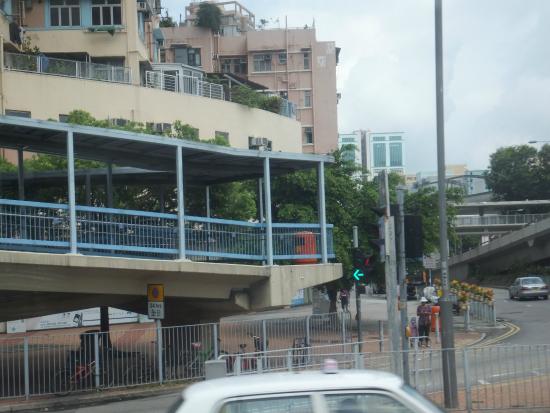



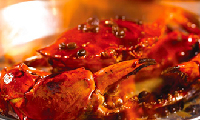


Reviews (10)